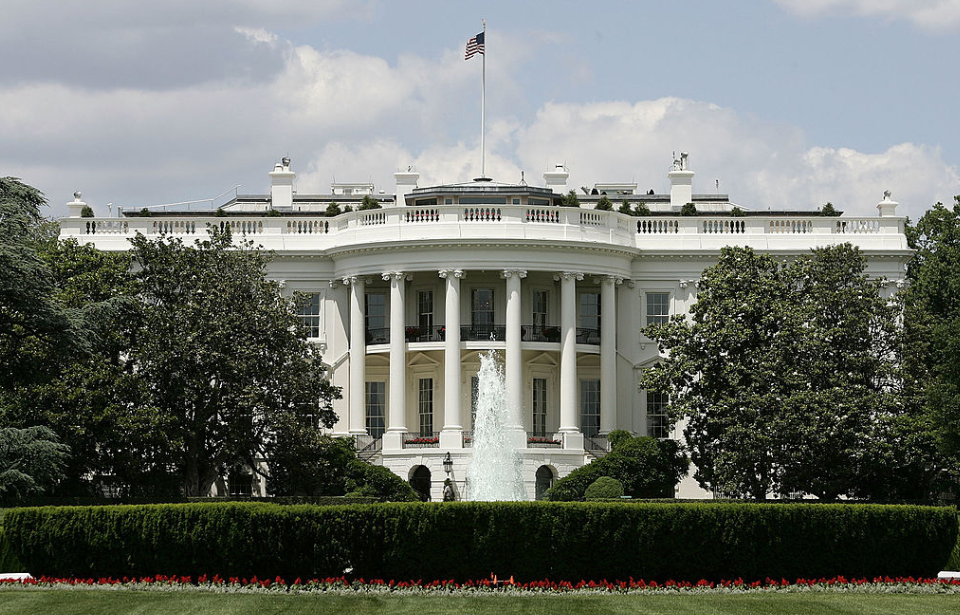Since the cornerstone was laid in October 1792, the White House has always been looked upon as a symbol of freedom, openness and democracy. The Japanese attack on Pearl Harbor during the Second World War changed this, turning the White House from the people’s house to a wartime fortress.
The White House was known as the “People’s House”
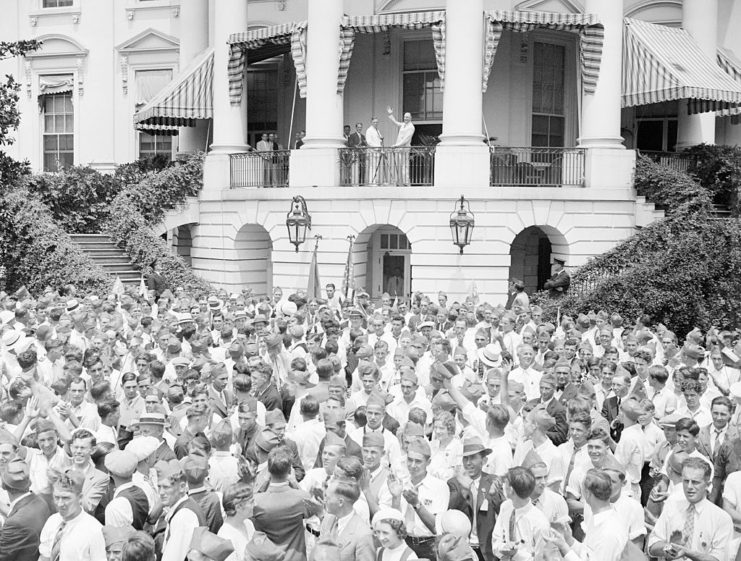
Today, we think of the White House as a high-security residence. After all, it’s where the president of the United States not only works, but lives. As a high-security, top-priority building, we don’t often associate it as “our house.” However, this hasn’t always been the case. Until the attack on Pearl Harbor, the American people saw the White House as an extension of their own homes.
Franklin and Eleanor Roosevelt also subscribed to the idea of a “People’s House” throughout the 1930s. In fact, security was so lax that on New Year’s Eve 1938, two teenagers broke into the White House to get the Roosevelts’ autographs. In 1939, the president and First Lady personally shook hands with 14,056 members of the American public at the residence.
Everyday Americans also believed they should benefit from the services offered by the White House. They would write to Eleanor, asking if they could stop by to pay her a visit or use the swimming pool and the White House’s recreation rooms. During Easter celebrations, anyone could join in the festivities on the South Lawn, so long as they had children under the age of 13.
Up until the Second World War, the public could freely roam the property surrounding the White House.
The White House was closed to the public following Pearl Harbor
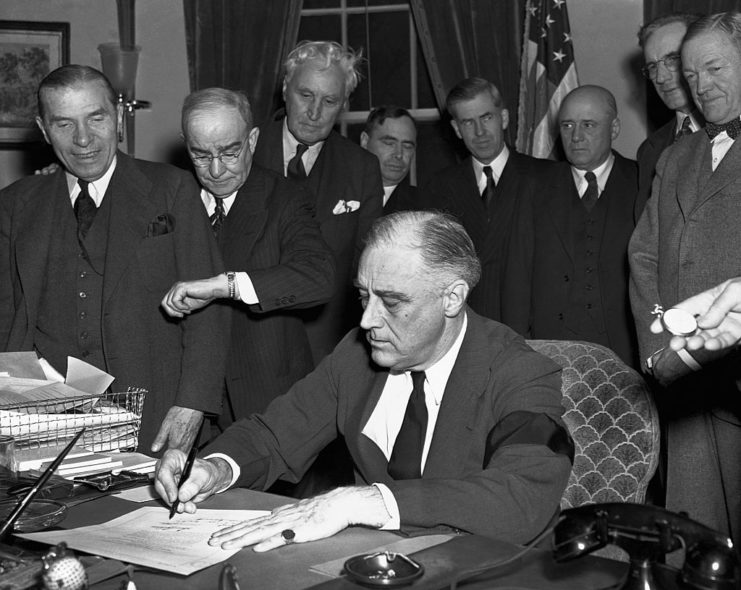
The White House’s openness quickly ceased following the attack on Pearl Harbor on December 7, 1941. Afterward, security was taken much more seriously than ever before. Following the country’s entry into World War II, the Secret Service banned casual visitors to the White House, much to the dismay of the American public.
Staffers and residents were fingerprinted, and employees were given gas masks and made to practice air-raid drills. Bulletproof glass was installed in the three south windows of the Oval Office. Additionally, thee Secret Service placed gun crews on the White House roof. Security officials even suggested the exterior of the building should be painted in camouflage.
A bomb shelter is installed
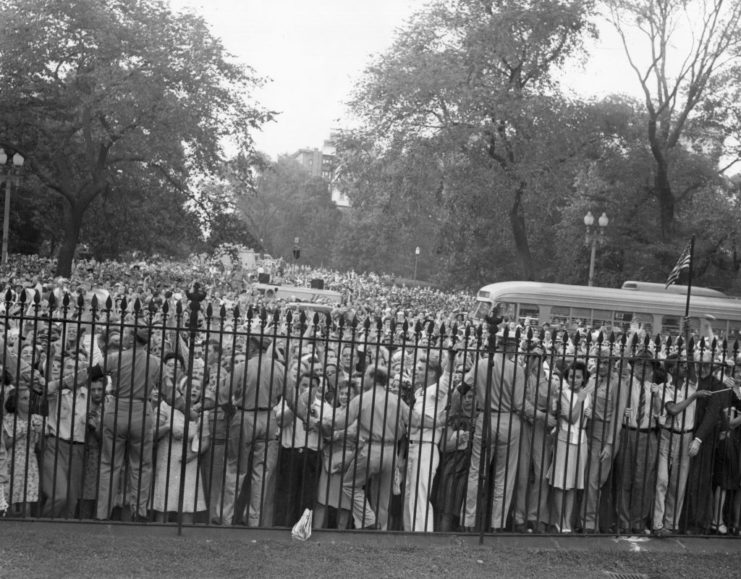
Franklin Roosevelt largely disagreed with most of the measures suggested to him, believing security personnel should be doubled and everything else be left the same. Initially, the Civil Defense begged the president to move out of the White House, as they were worried about a German bomb threat. They argued that the White House was a firetrap if it got hit, but Roosevelt refused to leave. Instead, he extended the East Wing to include a bomb shelter.
While the bomb shelter in the East Wing was being built, the Civil Defense also emphasized the necessity of a temporary shelter. As such, the vaulted basement of the Treasury Building was designated as a temporary bomb shelter. It luckily never had to be used as such and was abandoned once the East Wing shelter was operational.
Today, the bomb shelter under the East Wing is known as the Presidential Emergency Operations Center (PEOC). It’s so secure that it can withstand a nuclear attack. Eventually, White House security determined this original bunker wasn’t safe enough and Roosevelt began conducting business in the mountains of Maryland. Today, this location is known as Camp David.
Another room was converted into a movie theater
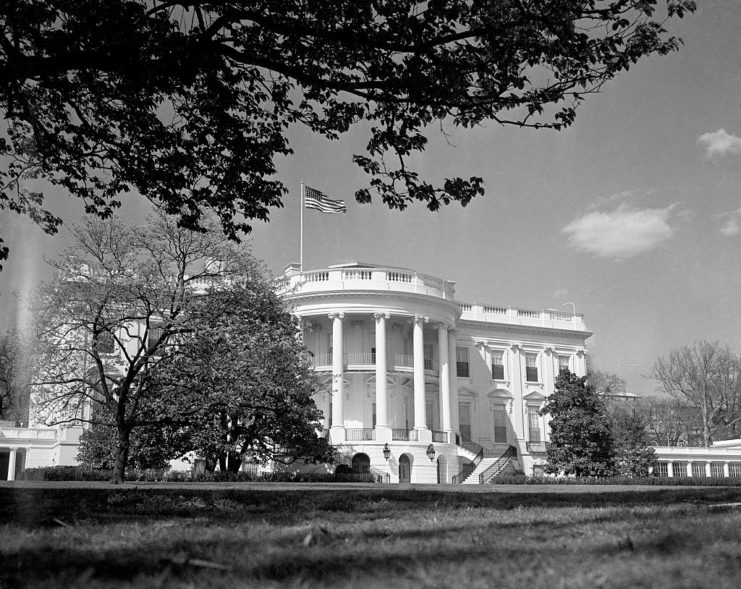
More from us: American Fighter Pilot Clarence “Bud” Anderson Was a World War II Triple Ace
Perhaps the most interesting White House addition during the Second World War was the conversion of an old room into a movie theater. The change occurred in 1942, and it was where President Roosevelt watched news reels of battles fought overseas. Several presidents and their families have since enjoyed watching old Hollywood movies in this theater.
